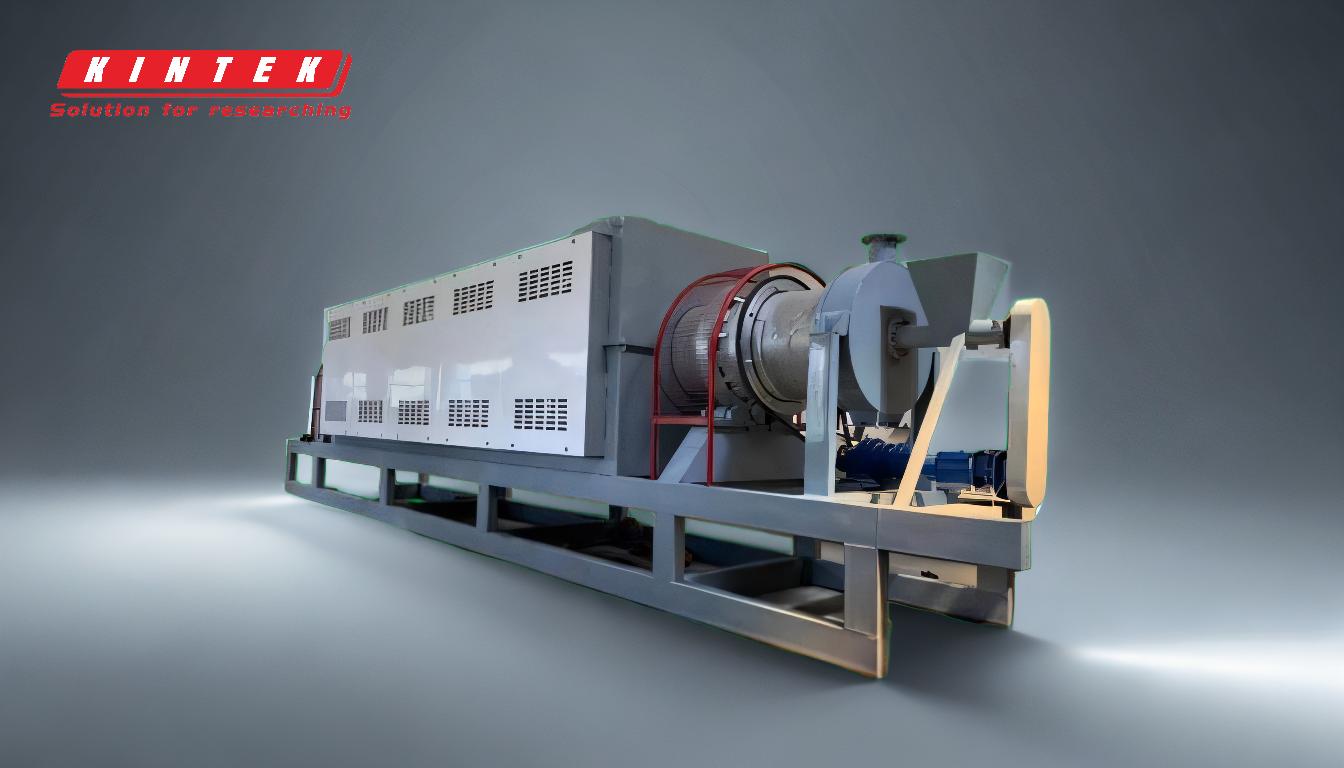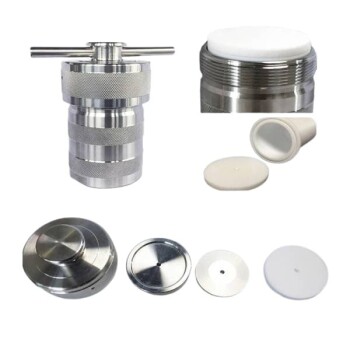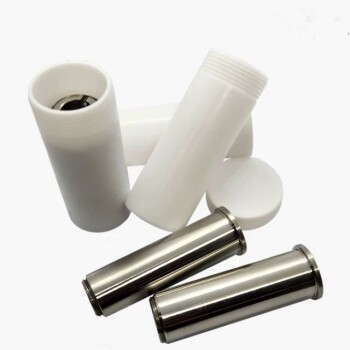Not all plastics can be used for pyrolysis due to differences in their chemical composition and the byproducts they produce during the process. While certain plastics like HDPE, LDPE, PP, and PS are suitable for pyrolysis, others like PVC and PET are not recommended because they release toxic gases when heated. The suitability of plastics for pyrolysis depends on their ability to break down into useful products without producing harmful substances.
Key Points Explained:

-
Suitable Plastics for Pyrolysis:
- HDPE (High-Density Polyethylene): Commonly found in woven bags, packaging materials, and freezer food bags. HDPE breaks down efficiently into hydrocarbons during pyrolysis.
- LDPE (Low-Density Polyethylene): Used in packaging bags and disposable cups. It is also suitable for pyrolysis.
- PP (Polypropylene): Found in items like cotton swabs and certain packaging materials. PP pyrolyzes well into useful oil and gas.
- PS (Polystyrene): Used in disposable cups and packaging. It can be processed through pyrolysis to recover styrene and other hydrocarbons.
-
Unsuitable Plastics for Pyrolysis:
- PVC (Polyvinyl Chloride): Contains chlorine, which releases toxic hydrochloric acid gas during pyrolysis. This makes PVC unsuitable for the process.
- PET (Polyethylene Terephthalate): Contains oxygen, which can lead to the formation of toxic byproducts like acetaldehyde and other harmful gases when pyrolyzed.
-
Chemical Composition and Pyrolysis Outcomes:
- Plastics without chlorine or oxygen, such as HDPE, LDPE, PP, and PS, are ideal for pyrolysis because they decompose into hydrocarbons without releasing harmful substances.
- Plastics containing chlorine (e.g., PVC) or oxygen (e.g., PET) are problematic because their decomposition produces toxic gases, posing environmental and health risks.
-
Types of Plastic Waste Suitable for Pyrolysis:
- Post-Consumer Plastics: Collected after use, such as packaging materials.
- Municipal Solid Waste Segregated Plastics: Separated from general waste streams.
- Rejects of Mechanical Recycling: Plastics that cannot be recycled through traditional methods.
- Multi-Layer Packaging: Complex packaging materials that are difficult to recycle mechanically.
- Mixed PET/PVC Contaminated Plastics: While PET and PVC are generally unsuitable, mixed plastics with low concentrations of these materials may still be processed, though with caution.
-
Environmental and Economic Considerations:
- Pyrolysis of suitable plastics can convert waste into valuable products like fuel oil, gas, and char, reducing landfill dependency and promoting a circular economy.
- However, the presence of unsuitable plastics like PVC and PET in feedstock can compromise the safety and efficiency of the process, requiring careful sorting and pre-treatment.
-
Co-Feeding with Other Materials:
- Pyrolysis can also process other materials like agricultural waste, forestry by-products, and high lignin content materials. Co-feeding these with suitable plastics can enhance the process efficiency and diversify the feedstock base.
In conclusion, while pyrolysis is a promising method for recycling certain plastics, it is not universally applicable. Careful selection and sorting of feedstock are essential to ensure the process is safe, efficient, and environmentally friendly.
Summary Table:
| Category | Plastics | Suitability for Pyrolysis |
|---|---|---|
| Suitable Plastics | HDPE, LDPE, PP, PS | Break down into hydrocarbons without harmful byproducts. |
| Unsuitable Plastics | PVC, PET | Release toxic gases (e.g., hydrochloric acid, acetaldehyde) during pyrolysis. |
| Key Considerations | Chemical composition, environmental impact, feedstock sorting | Ensure safety, efficiency, and environmental friendliness. |
| Types of Plastic Waste | Post-consumer, municipal solid waste, mechanical recycling rejects, etc. | Requires careful sorting to avoid unsuitable plastics. |
Want to learn more about pyrolysis and how it can benefit your recycling process? Contact our experts today for personalized advice!









